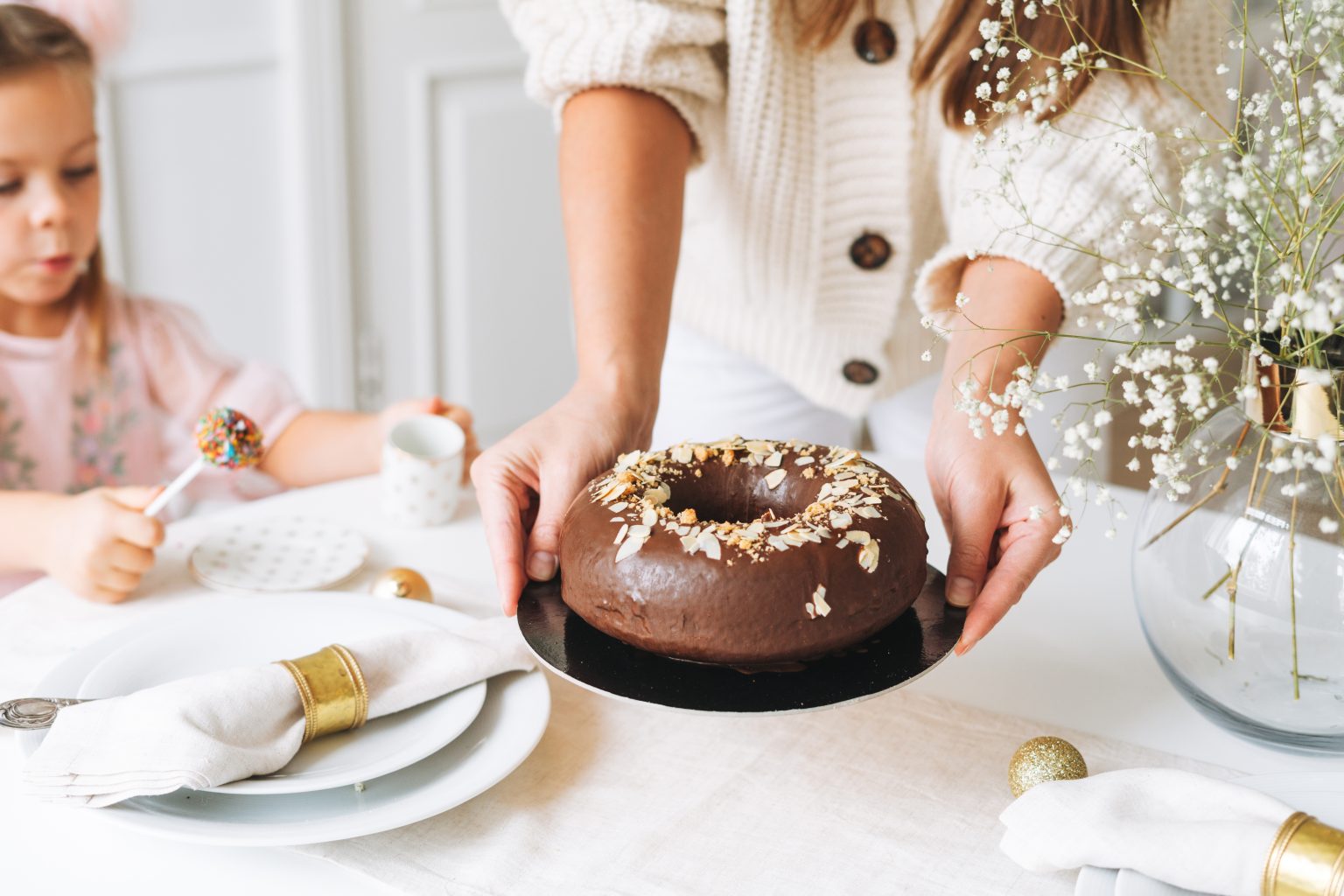Extracting a cake from its tin without a mishap is an art form, a challenge even for the most experienced amateur bakers. Ensuring that the celebratory centrepiece for events—a birthday or a simple gathering—emerges intact can be daunting. A successfully baked cake symbolises triumph, reflecting the dedication and skill of creating sweet treats for special occasions.
When faced with the dreaded scenario of a cake refusing to release from its pan, remain calm; there are effective methods to rectify the situation. Understanding the potential causes of this sticky predicament is essential before resorting to remedies. Solutions range from simple to more creative fixes, ensuring the cake can still be the highlight of any festivity. In cases where the cake suffers irreparable damage, it can be transformed into a delectable alternative dessert, thus salvaging the effort and ingredients invested.
Reasons Cakes Adhere to Their Pans
Inadequate Pan Preparation
Refraining from thoroughly preparing the baking pan is a common culprit behind cake sticking. Although non-stick pans offer some resistance to this issue, they could be more foolproof. Properly coating the pan with grease and dusting it with flour is akin to taking out an insurance policy against cake-sticking disasters. Line the base with parchment paper for added protection, then proceed with the greasing.
On the other hand, particular cakes like angel food, sponge, and chiffon are the exception to this rule. Thanks to their egg white foam-based batter, these rely on ungreased pan sides to ascend correctly.
Prematurely Ended Baking Time
Cakes that need to be baked longer are more prone to sticking. A full bake is signalled when the cake edges have slightly withdrawn from the pan edges. A gentle press in the cake’s centre should reveal no indentation, indicating readiness. Use a knife or toothpick for a further test; a clean withdrawal without batter residue confirms a completed bake.
Inadequate Cooling
Properly cooling a cake is crucial before removing it from its pan. A room-temperature cake, usually takes around an hour to achieve, is ideal for removal. For layer cakes, allowing them to cool within their pans can soften the edges through gentle steaming. Placing the pan on a cooling rack can expedite this process, which is particularly beneficial for the bottom, where adherence is most common.
For those pressed for time, the refrigerator can hasten the cooling. Begin by placing the freshly baked cake at room temperature until it is only warm to the touch. Subsequently, transfer the pan to the refrigerator for an added cooling period.
Particular cakes, such as banana bread or pound cakes, should be removed from pans earlier, roughly after 10 minutes of cooling. These varieties benefit from completing their cooling process outside the pan to develop a satisfying crust. Once removed, they should continue cooling on a plate, over parchment, or on a rack.
When baking, always ensure you match the treatment to the type of cake. This attention to detail contributes to the cake’s consistency and texture and can guide the number of servings. For wedding cakes or large party servings, factors such as the number of guests and the desired cake mix should be accounted for alongside the specific needs of the cake in terms of pan preparation, baking time, and cooling methods.
Releasing a Jammed Cake
Edge Gently Eased by Knife
Gently running a knife around the pan’s edge is effective. It’s vital the knife glides along the pan’s side to preserve the cake’s edge. If the pan is well-greased, the cake should separate easily.
For more robust separation, use a flexible spatula to ease around the edges, applying gentle inward pressure to detach the cake from the pan’s base.
Inverted Plate Method
Place a serving dish atop your cake pan and turn it over so the word is underneath. Secure and flip it. Tap and lightly shake the pan to encourage the cake to release beautifully.
Alternatively, leave the inverted cake undisturbed for 10 to 15 minutes before attempting to lift the pan.
Warm Cloth Application
Applying heat can help release the cake. Soak a kitchen towel in warm water, wring it out, and wrap it around the cake pan’s base. Let it sit for about 15 minutes, then attempt to remove the cake.
Chilling Strategy
Employ a cold technique by placing the cake pan inverted on a cooling rack and then topping it with ice cubes. After cooling, the cake should be released quickly.
Leverage with Forks
If the cake persists, loosen the sides with a knife or spatula. Insert two forks on opposite sides and gently pry the cake to loosen. Flip the pan onto a board, and it should come out.
Freeze and Unmould
For a stubborn cake, wrap the pan in plastic and freeze for 6 to 24 hours. Once frozen, ease a knife around the rim and remove the cake, tapping the pan’s base if necessary while angled at 45 degrees.
Accept and Adapt
When all fails, embrace imperfection and serve in the pan, decorated as a single-layer cake. Learn from the encounter and ensure future victories over baked goods.



